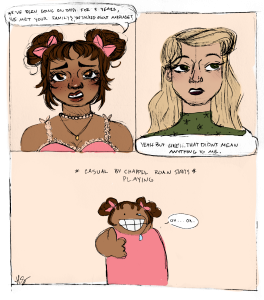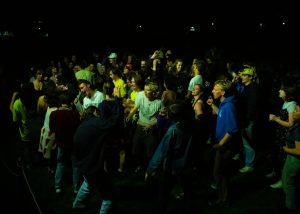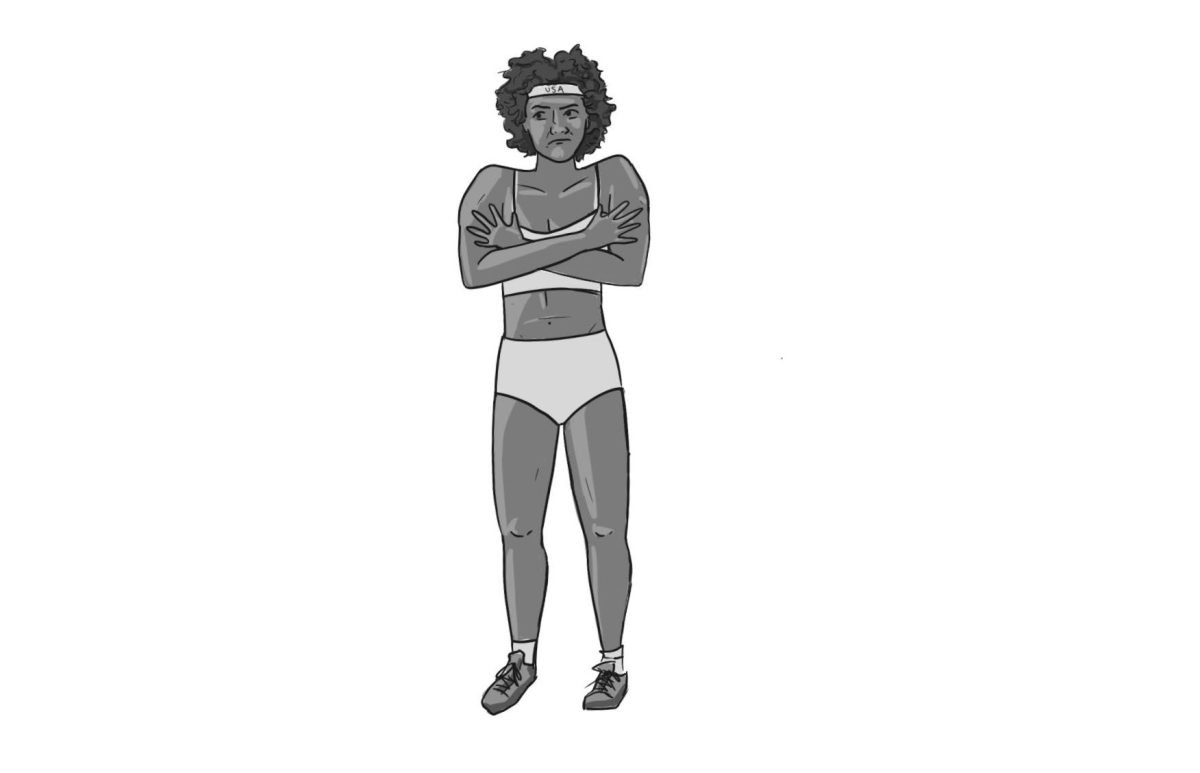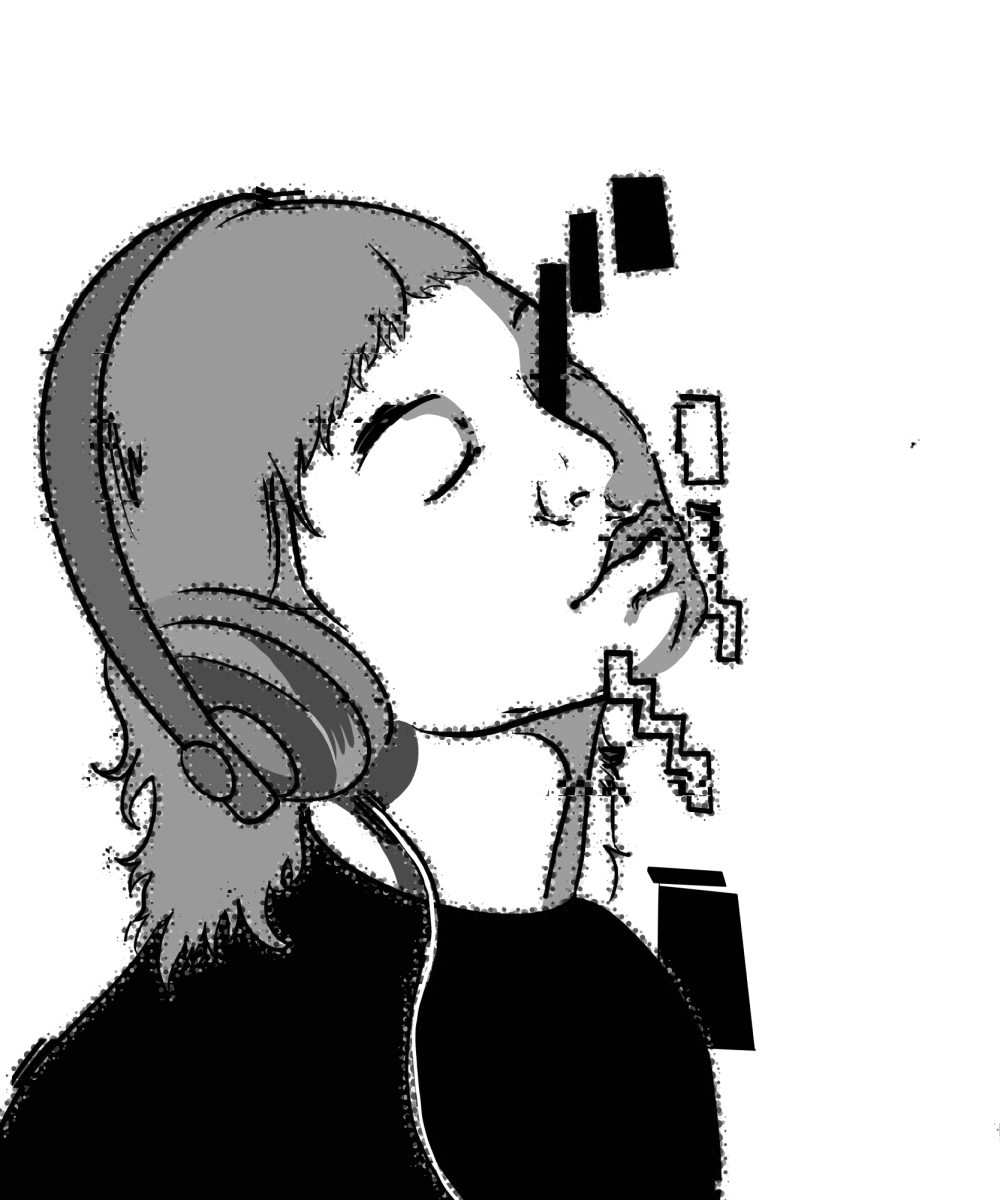With Thursday’s mid-term exam behind me, I boarded the train to Tokyo Station light-hearted and ready for a fun weekend. The train voyage took about 4 hours total, as I had to change trains in the resort town of Yuzawa in Niigata Prefecture (in 2015, engineers will complete the direct Kanazawa to Tokyo bullet train route, which will be twice as fast as the current route. Unfortunately for me, that’s still three years away). Yuzawa is absolutely beautiful; as we approached the station the train passed by verdant mountains and clear rivers. However, the lovely, natural scenery gave way to suburbs and then a metropolis of ugly concrete apartment buildings after about a half an hour’s ride in the direction of Tokyo.
Chiyo-san came to pick me up at Tokyo Station, which was really wonderful of her because I would have almost certainly gotten lost if I tried to travel to Isehara alone. On our way to Chiyo-san’s house, we had to change trains at Shinjuku Station, one of the busiest train stations in Japan. Millions of people travel through Shinjuku every day, and the number of people dashing around, boarding and exiting trains and moving en masse towards escalators and stairs was truly overwhelming.

Kanagawa Prefecture is about an hour’s ride away from Tokyo on the relatively slow local train. When we finally arrived in Isehara, Chiyo-san’s dad was waiting for us with the car. “Hello! Welcome! Nice to meet you!” he shouted in English as he exited the vehicle and ran around the back of the car to open the trunk for my bags (this turned out to be the extent of his English vocabulary). Isehara City is actually very similar to Walla Walla and Santa Rosa in that it is a bit rural and surrounded by mountains. It was actually kind of nice to be back in a suburban environment after spending a month in a largish city like Kanazawa.
I got to know Chiyo-san’s parents and older brother over a laid-back dinner and quiet evening of watching television. We watched a very entertaining show that featured famous Japanese chefs who had to instruct other Japanese celebrities in how to prepare speciality main dishes without seeing the food or being able to directly assist in any way. Since the celebrities who were actually cooking the food were mostly of the type that didn’t even know how to boil an egg, it made for a pretty entertaining show.
As it turns out, Chiyo’s brother Takao is an English teacher, so I could rely on both his and Chiyo’s English skills if I had trouble expressing myself in Japanese. Coming from the home of a host family that speaks almost no English whatsoever, it was something of a luxury to be able to fall back on English if my Japanese vocabulary proved insufficient.
On Friday morning, Chiyo-san and I took the train out to Kamakura, the site of the famous big Buddha statue, which you’ve all probably seen in travel guides and the like. We look a famously cute and old fashioned train through the seaside towns surrounding the Kamakura area that passed right through the streets. It was like being on a cable car in San Francisco. At one point, we rode along directly next to the Pacific Ocean and got to watch surfers as they bobbed in the water, waiting for a good wave.
After a light lunch at a little cafe that made really delicious homemade vanilla pudding, Chiyo and I walked to Zenairai Benten, a small Shinto shrine whose name means “coin washing shrine of the Buddhist snake goddess Benten.” We paid 100 yen each for a little basket in which we placed a couple yen bills and scooped water over them, as according to temple legend any amount of money washed in the waters of the shrine will double in the future.


From the shrine we walked to the famous Kamakura Great Buddha itself, a very powerful sight. He looked very serene sitting up there, looking down on all the visitors who had come to pray and take pictures. Someone had even placed a watermelon on the statue’s altar as an offering. After observing the exterior of the Buddha, Chiyo and I were able to go inside the Buddha statue, as it’s completely hollow and constructed from bronze. On one of the streets near the site of the Great Buddha, Chiyo and I bought manju (sweet pastries) in the shape of the famous statue. They were delicious, though I felt a little bad for munching on the Buddha.


Our last stop of the day was at Meigetsuin, also known as the Temple of Hydrangeas. This Buddhist temple has a beautiful garden featuring dozens of varieties of hydrangea, which are quite beloved in Japan and are very prevalent in the summer months. The colors of the flowers were so beautiful, I found myself wishing for a magical pen that could reproduce any color from nature. From the top of the garden path we had a great view of the coast and the town of Kamakura.


On Saturday morning we woke up early in anticipation of a family trip to Hakone, a city in the mountains surrounding the Tokyo area. Although the weather was overcast and rainy, we all still hoped to catch a glimpse of the elusive Mt. Fuji on our way to the mountain resort town.
All five of us piled into Chiyo-san’s dad’s car and drove for about an hour to the seaside city of Odawara, where we stopped to take some pictures and board the train to Hakone. We disembarked in Hakone to find the small train station jam-packed with people. Chiyo and her family said that they had never seen so many people there before. I guess some other families also had a weekend getaway to the mountain hot springs in mind!
Luckily, the onsen we went to was at a very secluded ryoukan well off the beaten path; indeed, we were the only guests at the tiny Japanese inn that afternoon. In our room at the ryoukan, reserved only for a few hours, we changed into our yukata and headed for the baths, Chiyo’s father and brother heading for the men’s bath and Chiyo, her mother, and I for the women’s. The bath was small, but lovely, with a large window looking out into a bamboo grove and piping hot water white and thick with minerals. I was only able to stay in the bath for a few minutes at a time before I started to feel a little too warm, so I took a lot of breaks between immersions in the pungent, sulfurous bath. After about a half an hour of bathing, I was as red as a lobster, but my skin felt as soft and clean due to the enriching minerals in the bathwater.


After the bath, we returned to our room for some snacks, which included some of Hakone’s famous manju dumplings, little Japanese cakes filled with sweet bean paste. We were all so relaxed from the bath that all of us ended up falling asleep right on the floor (in a traditional Japanese inn, you sit on the bamboo tatami mats in the communal area of the suite instead of on chairs or sofas). We drove home on the winding roads through green and misty mountains, utterly refreshed and happy.
Incidentally, we were not able to see Mt. Fuji due to the heavy fog surrounding the famous peak. I guess I have no choice but to return to Hakone at some point to try my luck again!
Chiyo and I enjoyed a lazy Sunday morning, as my 4:00 departure from Tokyo Station tied us to the immediate area. We went to one of Chiyo’s family’s favorite Italian restaurants for lunch, and I enjoyed some really good eggplant and tomato pasta (what is with all these good Italian restaurants in Japan?!). Afterwards, Chiyo and her brother accompanied me to Tokyo Station, and since we arrived with sufficient time to spare, we stopped in a café for coffee and explored Tokyo Station’s underground maze of boutiques and shops for travelers. The station was extremely crowded. So many people were packed into the omiyage (souvenir) shops that Chiyo wondered aloud, “This country is supposed to be in the midst of an economic depression! What are all these people doing buying expensive gifts?” Though, as I’ve noticed, a lot of statistics concerning Japan seem to be pretty dubious once you actually arrive in the country. For example, the Japanese birth rate is said to be declining, but I see loads of children everywhere I go. Children in the supermarkets, children on the train, children walking to school, children in strollers and holding their mothers’ hands as they cross the street….they’re EVERYWHERE. It’s definitely true that the birthrate is declining–Japanese families are having fewer children overall–but Japan is such a densely populated country that it’s difficult to detect any change from a bystander’s perspective.
After saying goodbye to Chiyo and her brother on the train platform and inviting them to contact me if they come to the United States in the future, I boarded the (double decker!) train to Echigo-Yuzawa station for the first leg of my trip. The weather in central Honshu was universally misty and gray, so I unfortunately wasn’t able to enjoy the same gorgeous views from the train window as I had on my way to Tokyo.
After walking home from Nishi Kanazawa Station, I arrived home around 9:00 PM to an enthusiastic greeting from the whole family, especially Re-chan, who was especially excited to show me his most recently acquired pets: two Japanese rhinoceros beetles. Now in addition to a tank of crayfish on the front porch, we have three enormous, shiny, horned beetles in the house. I’m just crossing my fingers that the beetles stay in their cage and don’t escape and end up in the shower or in my futon!

Overall, it was a great weekend, probably the best since I’ve had since coming to Japan. I’m so lucky to have Chiyo-san as a friend, and I’m really hoping to repay the favor of her family’s hospitality some day if they end up returning to the States.
The PII Summer Program is officially more than halfway over, and it’s back to the daily grind this week with the commencement of the new “semester.” I’m really hoping that with a fun curriculum based around Spirited Away that it will be all downhill from here. Wish me luck, and, as always, thanks for reading.







